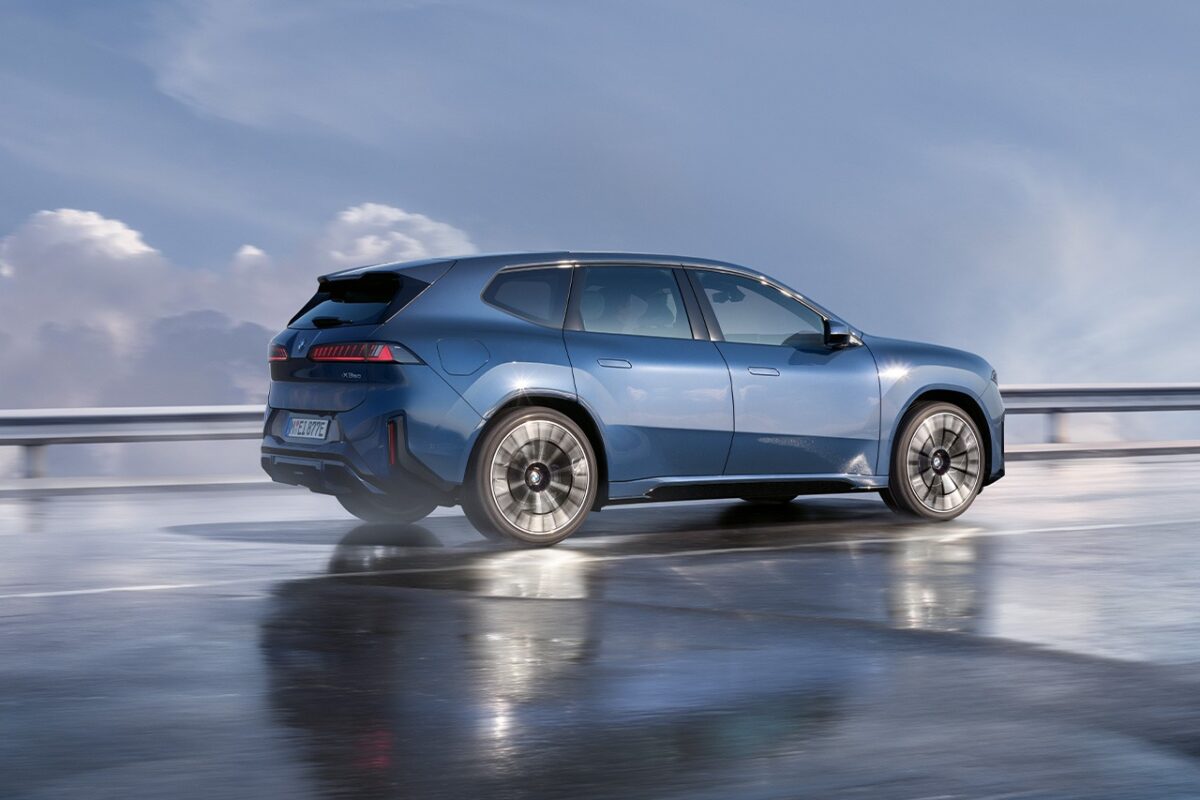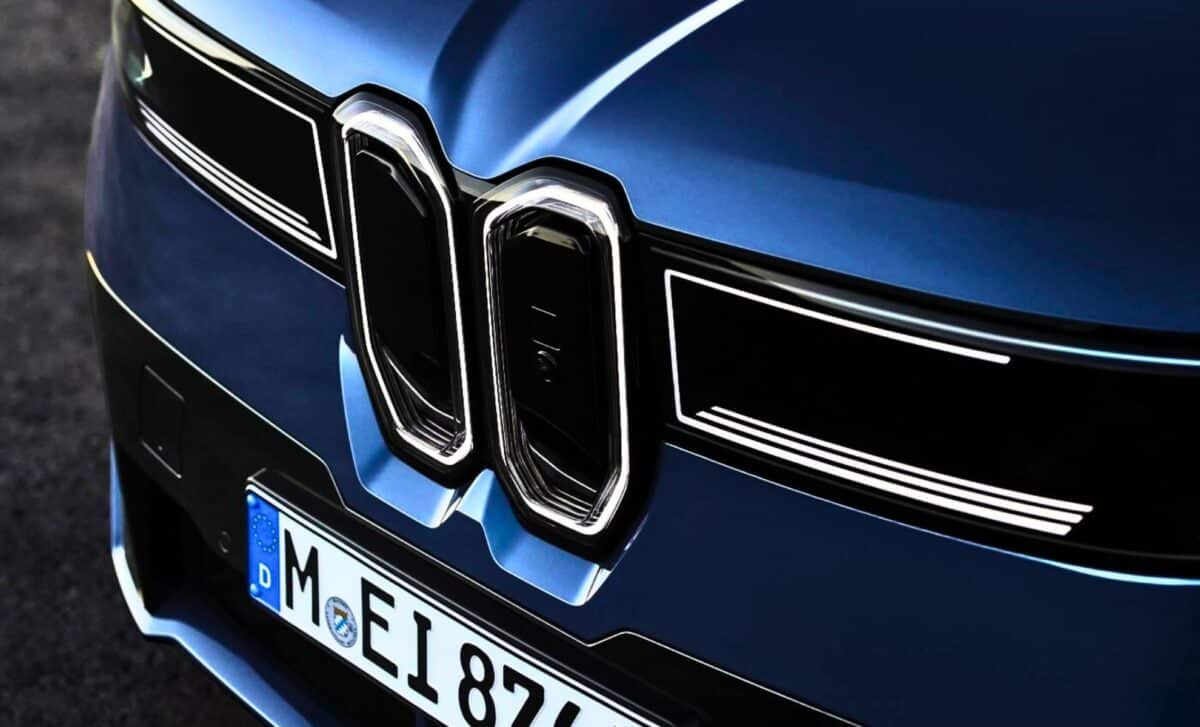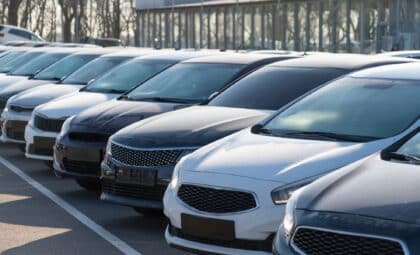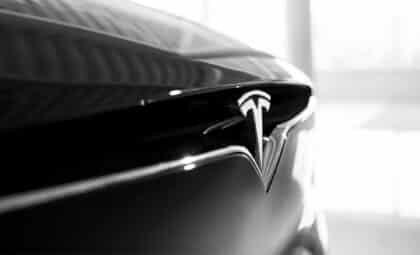In a year where much of the automotive world is fixated on China’s expanding EV dominance and America’s high-octane Tesla headlines, a quieter contender has entered the ring—not with bombast, but with balance. The 2025 BMW Neue Klasse iX3, a fully electric SUV built on a new ground-up platform, isn’t just another entry in a crowded segment. For BMW, it’s a reset.
Launched amid years of polarizing design choices and shifting brand identity, the iX3 marks a return to fundamentals. Gone are the oversized “beaver tooth” grilles that alienated even loyal enthusiasts. In their place: slim, vertical kidney-shaped lights that nod to BMW’s heritage while embracing a sleeker, more restrained aesthetic. Early images reveal a car that looks like it knows what it’s doing—and doesn’t need to shout about it.
What makes this vehicle particularly interesting is not just its design, or even its powertrain, but what it represents. The Neue Klasse iX3 is the first in a new wave of electric BMWs that share a unified design language and an entirely reengineered EV platform. According to BMW Group, the Neue Klasse architecture will underpin at least six upcoming models by 2028, ranging from sedans to crossovers.
New Bones, New Heart
The Neue Klasse platform—first teased in concept form in 2023—is not a retrofit or adaptation of a combustion chassis. It’s a clean-sheet design developed solely for electric propulsion. That distinction matters. A bespoke EV platform enables better weight distribution, a lower center of gravity, and roomier interiors. These are the kinds of invisible details that show up not in spec sheets, but in how a car feels.

The iX3 50 xDrive variant delivers around 345 kilowatts (462 horsepower) and 645 Nm of torque, capable of accelerating from 0 to 100 km/h in under five seconds. That puts it in line with the Tesla Model Y Performance, yet early driver impressions suggest the iX3 offers a more refined and deliberate power delivery—less twitchy, more composed.
Charging infrastructure is a common concern for EV adoption, but BMW’s 800-volt system, similar to the Porsche Taycan’s, allows ultra-fast charging up to 400 kW. In practical terms, a 10-minute stop can add over 300 km of range.
With a total estimated range of 805 km under ideal conditions (likely closer to 650–700 km in real-world use), the iX3 positions itself as a long-distance option in the luxury EV space. For context, the global average for daily vehicle travel remains under 60 kilometers, according to the International Energy Agency (IEA), making this more than sufficient for most drivers.
Design by Subtraction
BMW’s recent design missteps weren’t just about looks—they were about identity. The Neue Klasse iX3’s design feels less like an aesthetic update and more like a philosophical one. Clean surfaces, flush door handles, and balanced proportions mark a shift from visual aggression to purposeful calm.
Design chief Adrian van Hooydonk has confirmed that this styling approach will extend across BMW’s entire electric lineup, creating a more coherent brand language. SUVs like the iX3 will carry vertical front-end elements, while sedans and coupes—such as the upcoming electric M3—will adopt a wider, more horizontal expression of the same DNA. This clarity of vision, rare in a time when automakers often chase trends, may help BMW recenter itself in the eyes of consumers.
The grille, once a lightning rod for criticism, now becomes a symbol of restraint. And by limiting the illuminated treatment to electric models, BMW is drawing a clear visual distinction between its future-forward EVs and its legacy combustion offerings.
Luxury Without the Noise
Inside, the iX3 carries forward this theme of refinement. The Panoramic iDrive display, a continuous band of glass stretching beneath the windshield, merges infotainment with instrument data. It’s subtle, not showy—a welcome departure from oversized vertical tablets that dominate dashboards in many newer EVs.

BMW calls the central operating system the “Heart of Joy,” a computing unit that continuously monitors torque distribution, braking response, and stability. While the name may feel aspirational, the underlying tech is a tangible step toward smarter, more intuitive driving dynamics. Unlike some competitors that lean heavily on automated gimmicks, BMW appears to be prioritizing the driver’s role.
This could prove critical. A recent McKinsey report on EV adoption found that buyers in the premium segment are increasingly looking for vehicles that blend digital convenience with tactile driving engagement—a space BMW once dominated and now seems poised to reclaim.
A Quiet Contender for Corporate Fleets
The iX3 is expected to start just under AU$100,000 when it lands in Australia, bringing it in line with the Tesla Model Y Performance and under the Australian Taxation Office’s luxury car tax threshold for fuel-efficient vehicles. That alone could make it an attractive option for corporate fleets and executives looking to reduce taxable benefits while maintaining a luxury experience.
Unlike some Chinese or American offerings, which are still working to establish brand equity in certain markets, BMW enters with a well-worn reputation for premium engineering. And while the badge alone doesn’t guarantee success, it does buy time—and trust—at a moment when EV buyers are still cautious.
The iX3 doesn’t try to reinvent the EV. Instead, it tries to make electric feel normal, even familiar. In doing so, it might just make the strongest case yet for where legacy automakers fit in the electric future.









